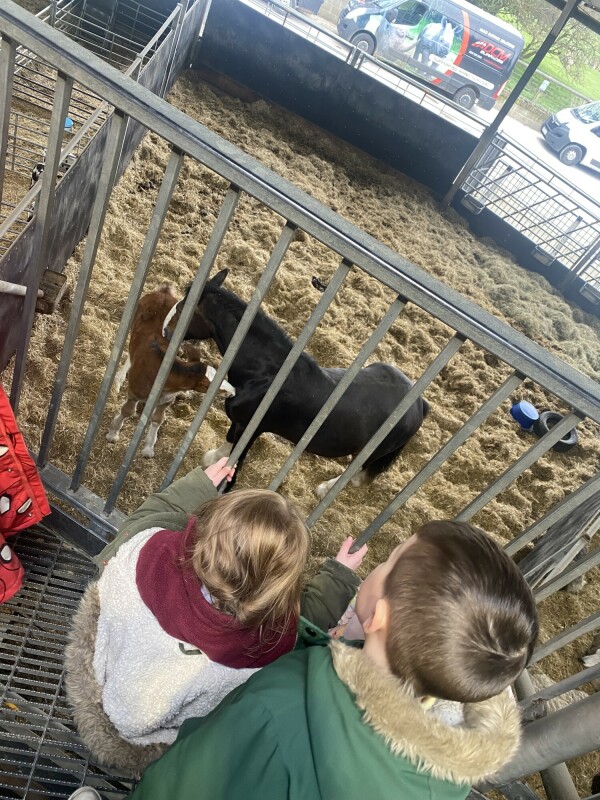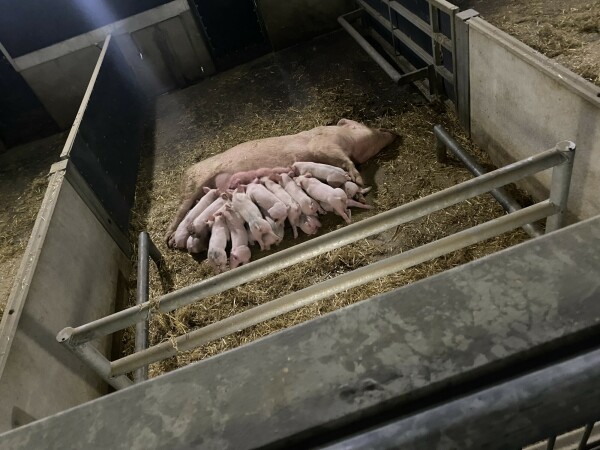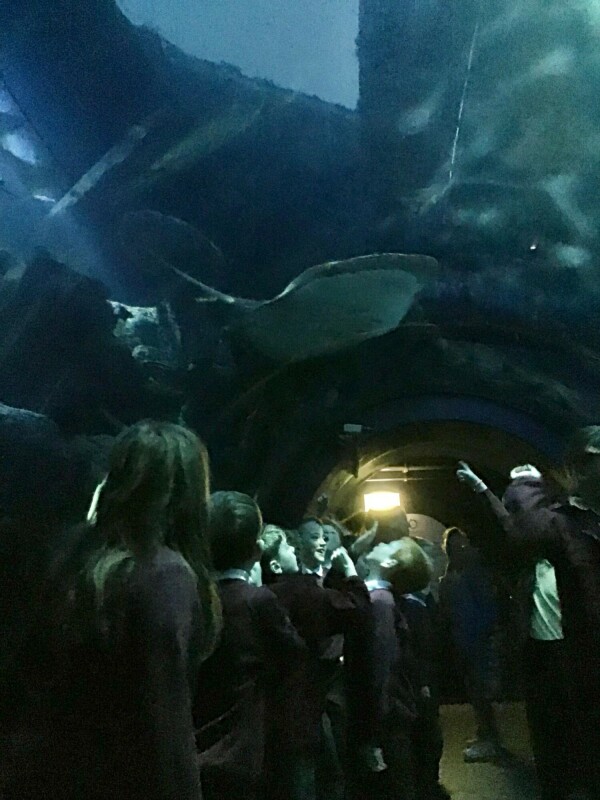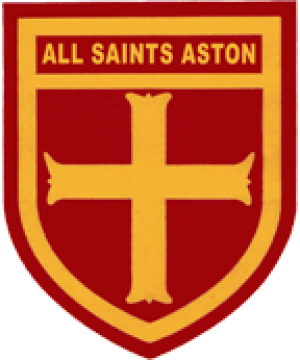Science
Science overview
Science programmes of study in the national curriculum are assigned to year groups. However, this is not compulsory and they must be covered before the end of the phase. Physics is not formally introduced until Key Stage 2. However, in the earlier years, children have opportunities to explore natural phenomena, such as shadows.
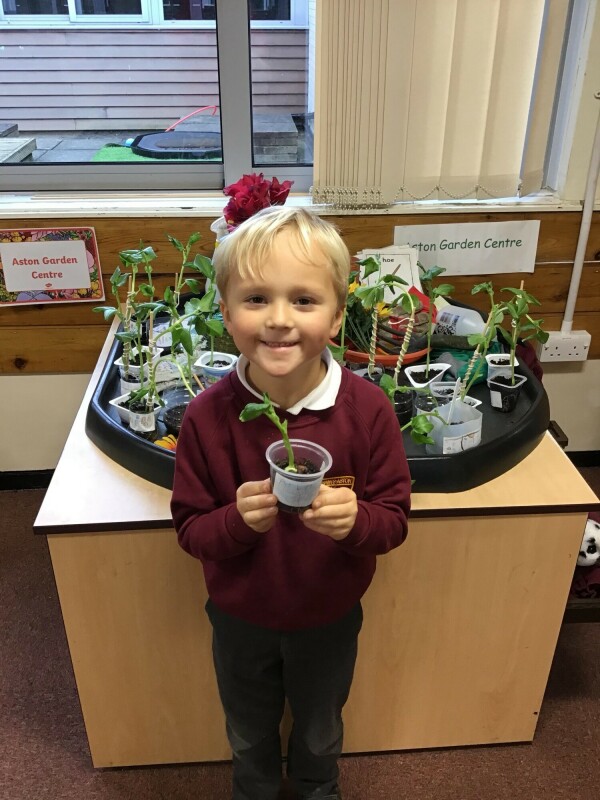
The names of our science projects are matched to the national curriculum aspects, for example, Living things and their habitats and Earth and space. However, in Key Stage 1, the aspect of Animals, including humans has been separated so that children study humans before expanding to explore animals.
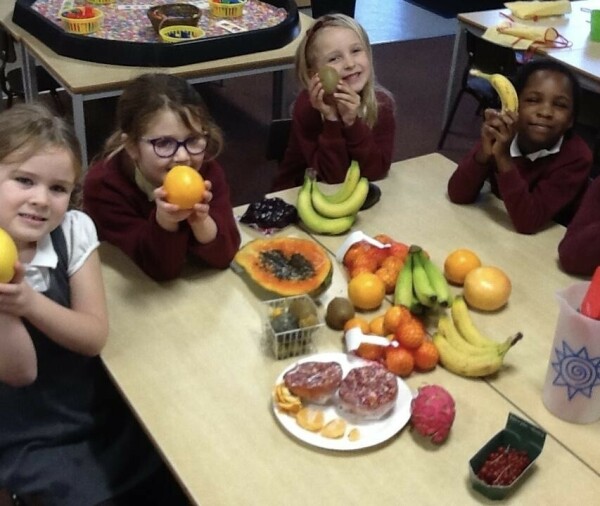
The science projects are sequenced to develop both children’s substantive and declarative knowledge, and if possible, make meaningful links to other projects. For example, in Year 3, the projects Plant Nutrition and Reproduction and Light and Shadows are taught alongside the design and technology project Greenhouse and the art and design project Beautiful Botanicals. These links allow for children to embed their substantive knowledge in new and often real-life contexts.
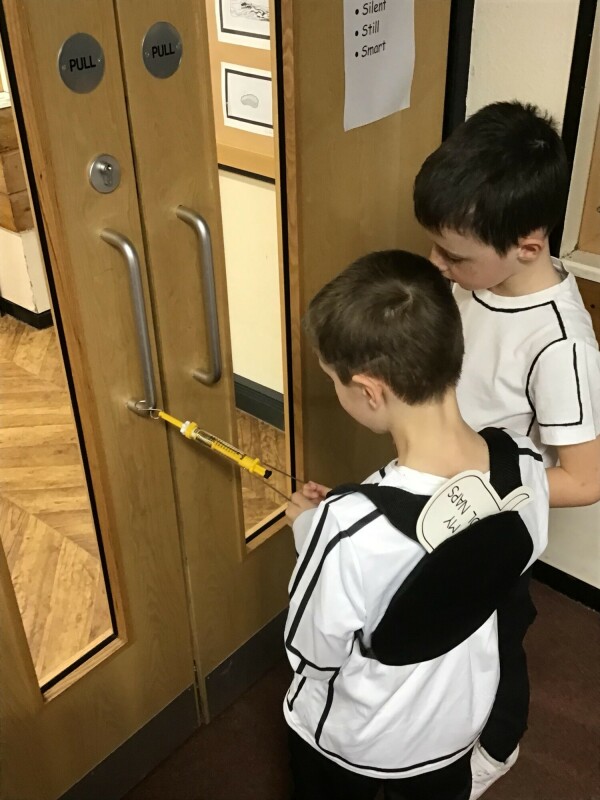
The sequencing of projects ensures that children have the substantive knowledge and vocabulary to comprehend subsequent projects fully. Each project’s place in the year has also been carefully considered. For example, projects that involve growing plants or observing animals are positioned at a suitable time of year to give children the best possible opportunity to make first-hand observations. Within all the science projects, disciplinary knowledge is embedded within substantive content.
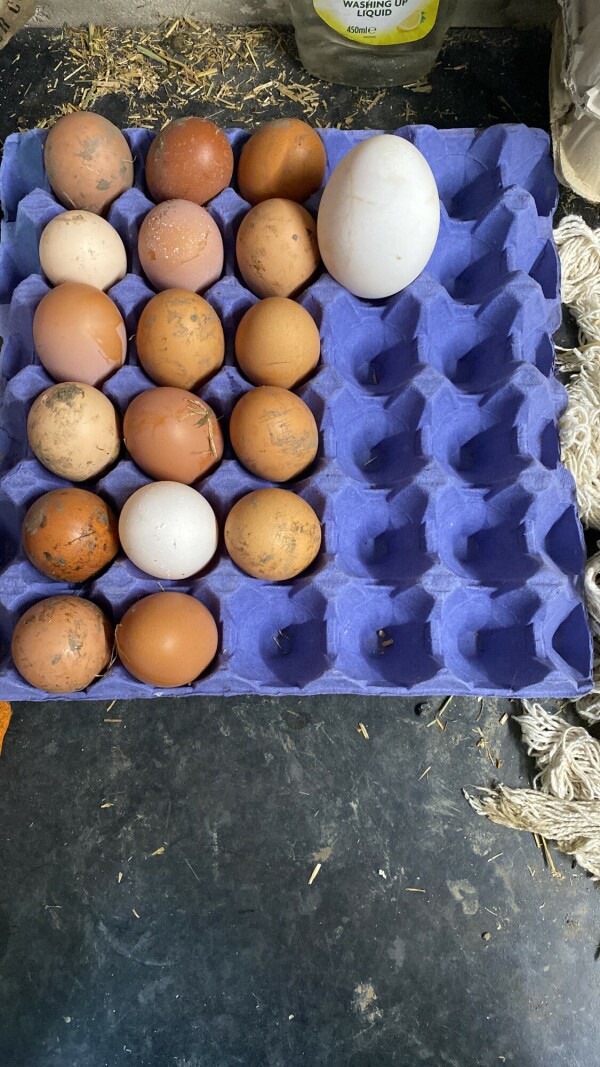
Our science curriculum is enriched by planning in educational visits with a science focus.
